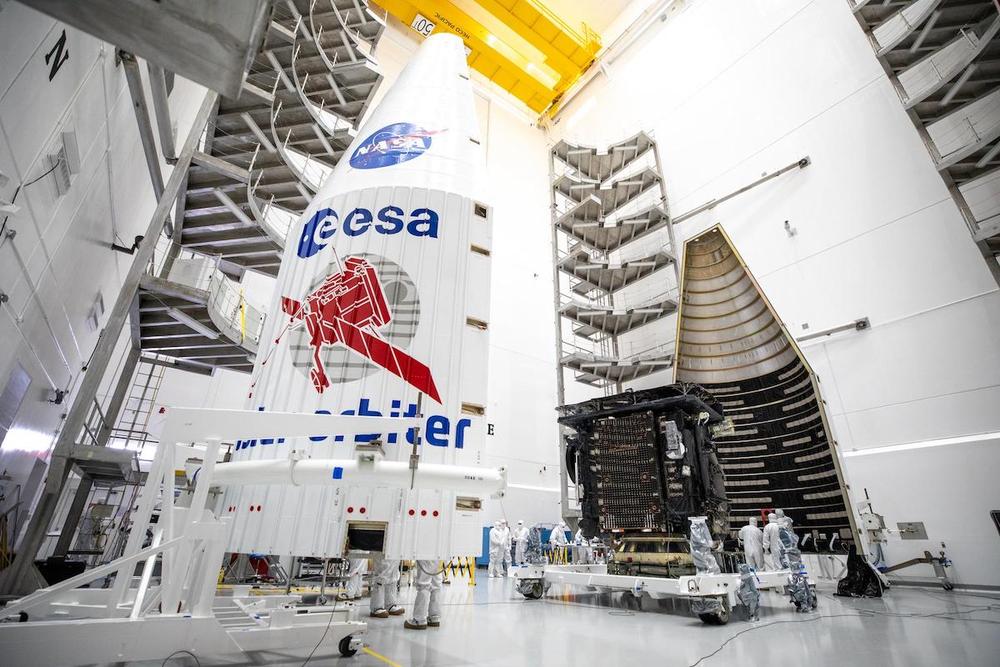The #future of #luxury is #recycled materials integrated into a timeless #design! = #sustainable vehicle; 2022 Fisker Ocean EV. #fisker #ESG #investing #fashion #EVs #ClimateAction #invest #ClimateChange #digital #maas
Category: transportation – Page 437
DeLorean Comes Clean, Confirms Plan to Produce New DMC 12s
Among the hardest games to play, we find the waiting game. The lore of the DeLorean being produced once again has been floating around the watercooler for some time now. Most recently, rumors pointed to 2016 being the return of the DMC 12. However, due to changes in regulations, it would appear as if the revival wouldn’t exactly be legal. Let’s just say that low-volume auto manufacturers have some hurdles to jump over. These regulations would make the hurdles impossible for DeLorean.
That all changed.
Hagerty tells us that “According to SEMA, the final regulations will allow low-volume automakers to sell up to 325 cars each year that resemble production vehicles manufactured at least 25 years ago.”
We’re All Going to Live in Mushroom Houses on Mars
NASA is sharing information about its myco-architecture program, in which experimental fungus-based building technologies could be the feasible future of Mars habitats. “Science fiction often imagines our future on Mars and other planets as run by machines, with metallic cities and flying cars rising above dunes of red sand,” NASA says. “But the reality may be even stranger.”
The myco-architecture (myco is the prefix meaning “fungus”) NASA is excited about isn’t only a new way to make furniture, although it can do that, the agency says. Mushroom House—not its real name—is an integrated habitat with layers. The tough, complex fibers made by fungal mycelia are building blocks of furniture, interior walls, and the innermost layer of the outer shell.
Bloodhound to blast its way into record books with zero-emissions rocket
Zero to 658 in 50 seconds without emissions.
The Bloodhound LSR team has announced plans to challenge for the land speed record using a zero-emissions rocket as part of the next phase of its programme, following successful high-speed tests in South Africa last November.
The land speed record car has returned to the UK Land Speed Centre, Bloodhound’s HQ in Gloucestershire, after having successfully completed its crucial high-speed tests in South Africa.
These tests took place on the Hakskeenpan: a dry lake bed in the Kalahari Desert, during which the land speed record vehicle notched speeds of 628mph (1,010km/h), placing the Bloodhound LSR car, unofficially, as the sixth-fastest car of all time.

GPS system upgrade utilizes AI to make sure you’re in the right lane
In-car satnav systems and mobile mapping apps have made it much easier to travel from one place to another without getting lost, but a new innovation promises to help fix a remaining pain point – getting in the right lane at intersections.
Today’s mapping apps aren’t always much help if you’re at an unfamiliar intersection and aren’t sure exactly where on the road your car is supposed to be: the apps often don’t have the detail or the knowledge to warn you in good time about changing lanes.
The system developed by researchers at MIT and the Qatar Computing Research Institute uses satellite imagery to augment existing mapping data, but the smart part is applying artificial intelligence to work out the layout of roads hidden by trees and buildings.

Photos: Solar Orbiter encapsulated inside launch shroud
The Airbus-built Solar Orbiter spacecraft has been closed up inside the payload fairing of a United Launch Alliance Atlas 5 rocket in preparation for liftoff from Cape Canaveral in February on a joint mission between the European Space Agency and NASA.
Technicians inside the Astrotech payload processing facility encapsulated the Solar Orbiter spacecraft — designed with thermal shielding to protect against the heat of the sun — inside the Atlas 5’s payload fairing Jan. 20. The spacecraft inside the Atlas 5 rocket’s 4-meter-diameter (13.1-foot) aerodynamic nose shroud will soon travel to ULA’s Vertical Integration Facility, where crane will hoist the payload package atop the launcher.
Valued at nearly $1.7 billion, the Solar Orbiter mission will travel closer to the sun than Mercury, where it will join NASA’s Parker Solar Probe for tandem observations of the solar wind and giant solar eruptions that can affect communications and electrical grids on Earth, plus satellite operations.

Tesla destroys recent China FUD
It’s pretty difficult to believe it at this point, but there are still groups of Tesla critics who insist that Gigafactory 3 is not really fully operational. A central part of this thesis is the allegation that Gigafactory 3 does not have a stamping press, which means that Tesla’s China team is only assembling cars in the Shanghai-based factory using pre-stamped panels from Fremont.
A recently released video from Tesla China has just decimated these allegations in a subtle but definitive manner. The clip was short, less than 30 seconds long, but it showed a busy stamping press operating in Gigafactory 3. The video was released in China, and shared on Twitter by Tesla enthusiast @JayinShanghai.

Updated DJI rumors
Here are our updated DJI rumors. We will share with you all the info we currently have on the DJI Matrice 300 (M300), the DJI Mavic 3, the DJI Mavic Air 2 and even other DJI aircraft.
